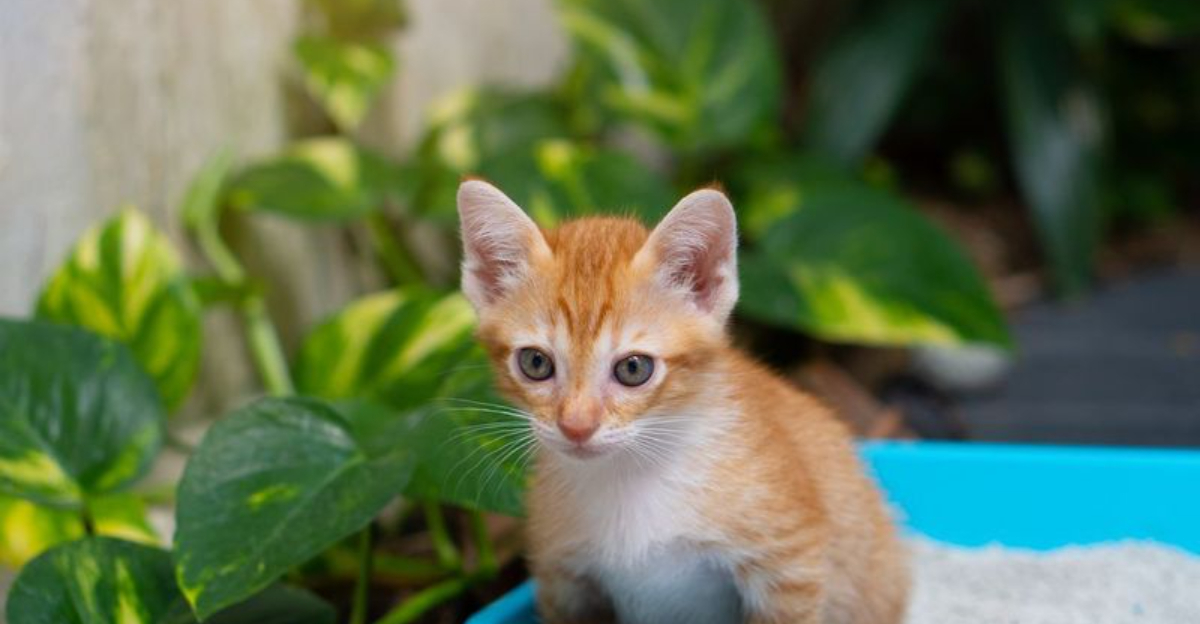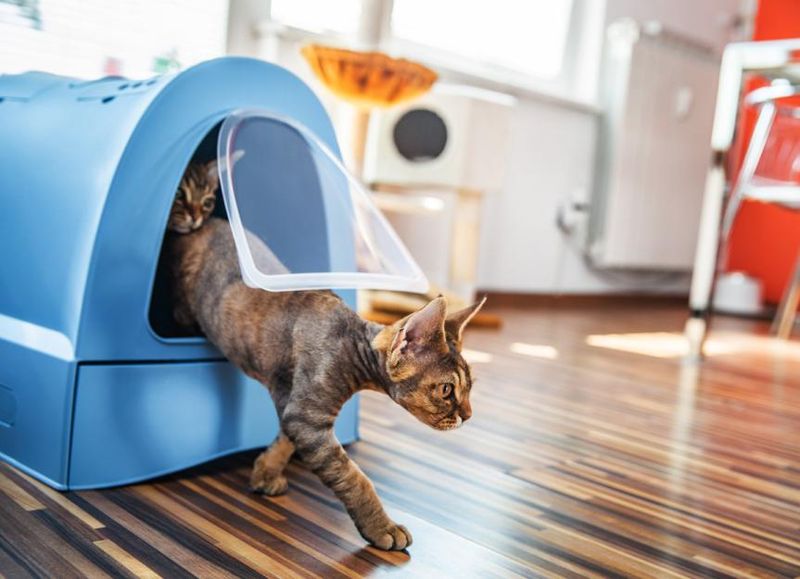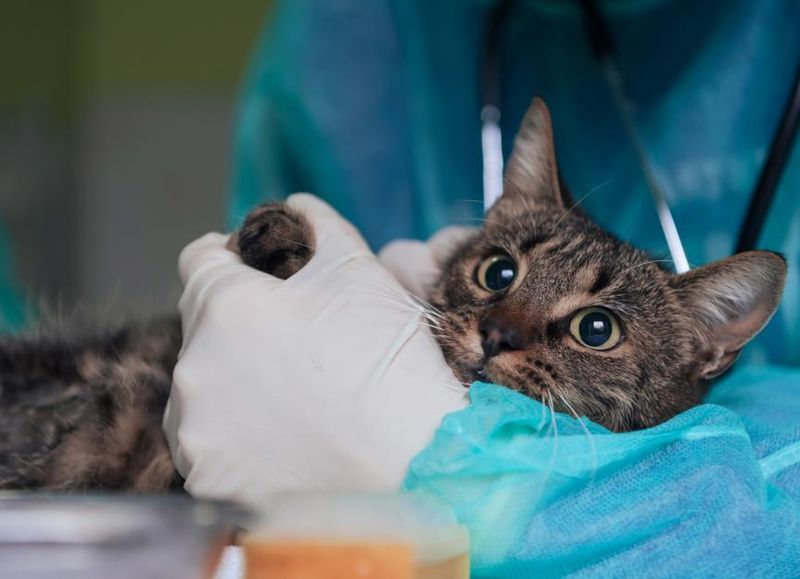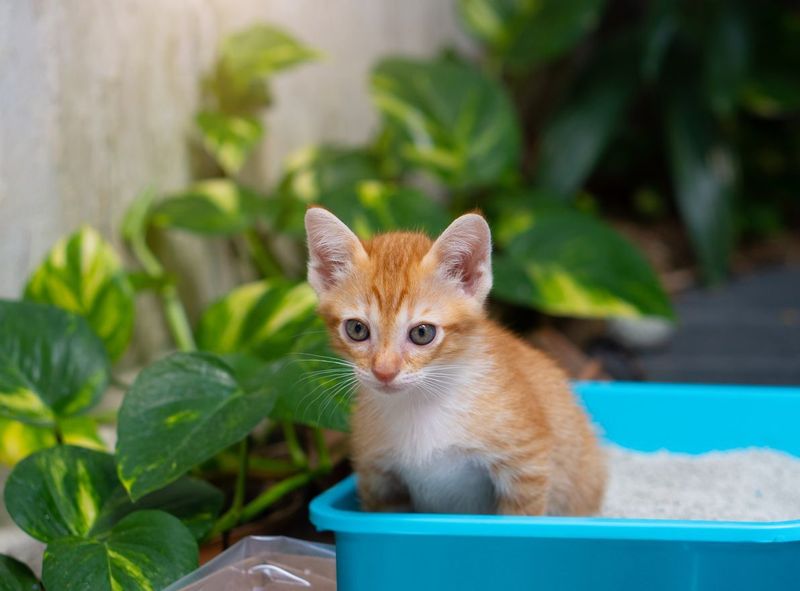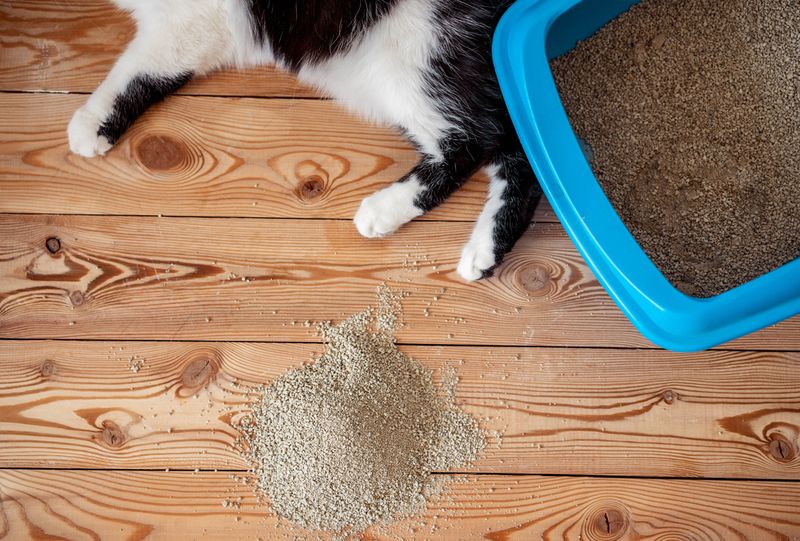📖 Table of Content:
As cat owners, we tend to obsess over what goes into our pets—but what about what comes out? Urination may not be the most glamorous topic, but it’s one of the most reliable indicators of a cat’s health. Whether you’re cleaning the litter box once or multiple times a day, your cat’s pee patterns are trying to tell you something.
Cats are notoriously private about their bathroom habits, so changes can be subtle and easy to miss. Still, frequency, color, volume, and even location can reveal early signs of issues like dehydration, urinary tract infections, or more serious chronic conditions. By staying aware of these signals, you’re not just keeping a cleaner home—you’re becoming a proactive advocate for your cat’s well-being.
In this guide, based on both veterinary insight and personal experience with 10+ cats, we’ll break down 7 important signs that can help you determine whether your cat’s peeing schedule is completely normal—or something that deserves a closer look.
1. Peeing 2–4 Times a Day
Typically, a healthy adult cat will urinate two to four times daily, depending on their diet, hydration levels, and activity. This range is considered normal for cats who eat wet food or drink enough water throughout the day. As obligate carnivores, cats have naturally concentrated urine, but they still need moisture to maintain kidney health. If you scoop your litter box and see 2–4 small to moderate clumps, that’s usually a good sign. Keep in mind that environmental factors like warm weather or stress can slightly influence this number. The key is consistency—if your cat’s peeing schedule doesn’t vary wildly, you’re likely in the clear. Observing this normal pattern over time gives you a baseline to spot potential problems early.
2. Excessive Urination
Surprisingly frequent urination—say, five or more times a day—shouldn’t be brushed off as just a “hydrated kitty.” In many cases, this can indicate an underlying health issue like diabetes mellitus, hyperthyroidism, or kidney dysfunction. When paired with excessive thirst or weight changes, frequent peeing becomes a red flag that needs vet attention. You may notice the litter box filling up faster, or larger-than-usual clumps of urine. It’s worth noting that older cats are especially prone to these conditions, so monitor them closely. Keeping track of your cat’s litter box activity daily can help spot this early. Don’t assume it’s behavioral without ruling out medical reasons first.
3. Straining or Crying While Peeing
Nothing is more concerning than a cat that seems uncomfortable or in pain during urination. If you hear crying, see prolonged squatting, or notice little to no urine being produced, it could point to a urinary tract infection, bladder inflammation, or—more dangerously—an obstruction. Male cats are especially at risk for blockages that can become life-threatening within hours. These symptoms require an emergency vet visit to relieve pain and prevent further damage. You might also notice licking of the genital area, a common sign of discomfort. In many cases, early intervention can prevent hospitalization and save your cat’s life. Always take vocalization and straining seriously.
4. No Urine in the Box for 24+ Hours
Silence in the litter box isn’t golden—it’s a red flag. If your cat hasn’t urinated in over 24 hours, it could be facing a serious issue such as a urinary blockage, dehydration, or kidney failure. This is particularly dangerous in male cats and should be treated as a medical emergency. Check the litter box at least twice a day to monitor activity, especially if you live in a multi-cat household. Cats in pain may hide or act lethargic, making this sign easy to miss. Acting fast can prevent serious consequences, including bladder rupture. When in doubt, don’t wait—get your cat to the vet immediately.
5. Peeing Outside the Litter Box
When your cat starts peeing in unexpected places—on laundry, the couch, or by the door—it’s tempting to chalk it up to bad behavior. However, inappropriate urination is often a cry for help rather than rebellion. Medical causes like UTIs, bladder inflammation, or kidney problems frequently drive this change in behavior. Stress, anxiety, or dislike of the litter box setup are other common culprits. Try changing the litter, cleaning the box more often, or offering multiple boxes to rule out environmental issues. If nothing helps, a vet check is essential to rule out pain or illness. Behavioral changes nearly always have a reason.
6. Dark Yellow or Bloody Urine
A cat’s urine color can reveal a lot about its internal health, so don’t ignore what you see while scooping. Pale yellow is ideal, but dark yellow may signal dehydration, while red or pink urine often contains blood—an urgent sign of inflammation, trauma, or urinary stones. Sometimes, color changes are due to dietary shifts or medications, but it’s best to err on the side of caution. Use unscented, clumping litter to make it easier to spot abnormalities. You may want to collect a sample for your vet if something seems off. The sooner an issue is diagnosed, the better the prognosis. Color changes are never random.
7. Strong or Unusual Odor
Even the cleanest litter box can’t completely eliminate that distinct cat pee smell—but a sudden or unusually strong odor could mean trouble. Urine that smells sweet may point to diabetes, while an extra-pungent scent can indicate infection or highly concentrated urine due to dehydration. If your cat has always had mild-smelling pee and it suddenly changes, pay attention. Make note of any dietary changes or medications that could be affecting smell, but don’t delay a vet visit if the odor persists. Chronic conditions often show subtle signs like this early on. Trust your nose—it’s often the first clue that something’s wrong.
